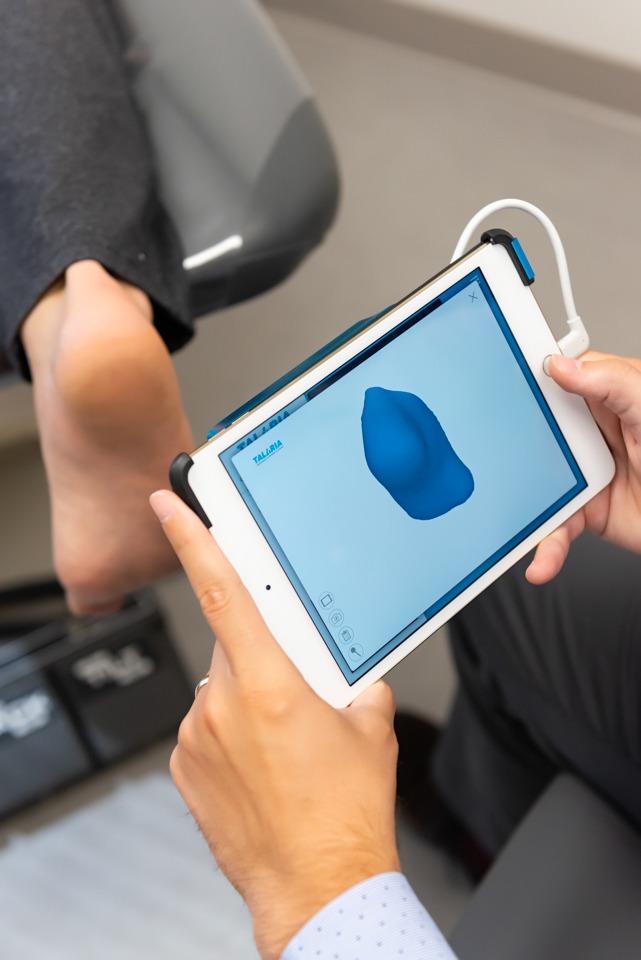In the realm of orthotics manufacture, 3D scanning for foot orthoses is the absolute most precise method. Plaster casting and 3D molds are the two most common ways for gathering measurements for making plantar, tibial, or knee orthotics. Continue reading to understand more about digital plantar imaging in 3D.
What is 3D scanning?
The need for high-quality orthotics is skyrocketing as the population ages. The subject of how to make high-precision orthotics is becoming more critical, and 3D scanning is one of the answers to it. Compared to older methods, this approach produces a significantly more precise picture of the foot. As a result, podiatrists must get familiar with 3D foot scanning in order to improve their practice and treatment.
What is 3D scanning, and how does it work?
The process of 3D scanning entails the use of a sensor that specializes in spatial acquisition. This sort of sensor, which can be attached to an iPad, is accurate to within 1 mm. On top of it, with specialized software, the sensor data may be analyzed to digitally reproduce the contour of the foot. The generated picture is thus more accurate than any of the industry’s other standard procedures.
What is the difference between a 3D scan and traditional methods?
Talaria’s 3D scanning approach employs a 3D sensor and provides for better precision than traditional methods. The latter, which can take the shape of a plaster, foam box, wax, or fiberglass cast, does not give the same level of accuracy as 3D scanning of the foot, which produces an exact image of the foot that can be utilized in digital format to account for even the tiniest relief.
What are the benefits of 3D scanning?
The level of precision and real-time viewing of the imprint are only two of the benefits of 3D scanning, also known as 3D digital plantar imaging. It allows the podiatrist to get a more authentic picture and a result of unmatched precision by replicating the anatomy of each foot. Digital imaging of the foot minimizes the chance of mistake significantly, which implies less pain, better comfort, and increased patient satisfaction. Another benefit to consider with this procedure is the rapidity of execution, as well as the foot orthosis’s subsequent repeatability.
Finally, the photos obtained with the 3D imprints are communicated immediately to our laboratory in real time, thanks to Talaria’s online application.
Why choose Talaria for 3D scanning?
Talaria is a foot orthotics manufacturing laboratory in Quebec that has received Ministry of Health certification. Orthotists-prosthetists develop and produce the orthotics with cutting-edge technology.
Talaria’s method involves employing a 3D sensor to capture the picture of the foot on an iPad. Foot professionals may check the status of their orthotic order at any moment thanks to our easy-to-use web interface. Talaria provides comprehensive assistance, including an online support video and laboratory-provided training. Orthotics can also be completed directly in the lab.
Contact us if you would like to learn more about Talaria’s digital scanning technology and production process.
Getting a 3D foot scan with Talaria
Foot orthoses are not just for the elderly, even though they are the most common users. Orthotics are helpful for all athletes, active persons, and even toddlers to correct abnormal posture and ease discomfort. You can be sure of a high-quality result with excellent precision when you use Talaria’s 3D scanning process to design and create your patients’ orthotics. To learn more, don’t hesitate to contact Talaria‘s foot orthotics specialists.
